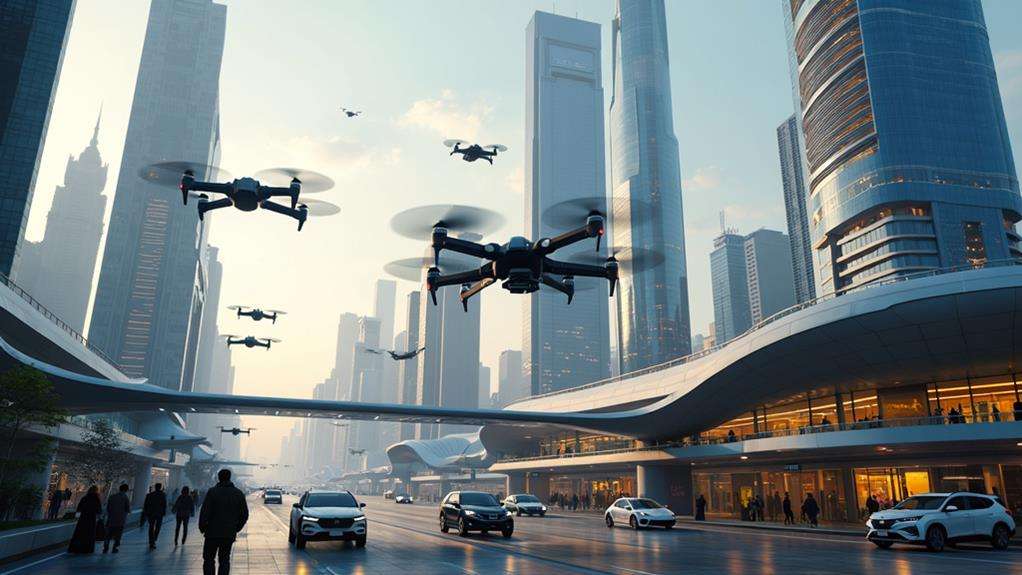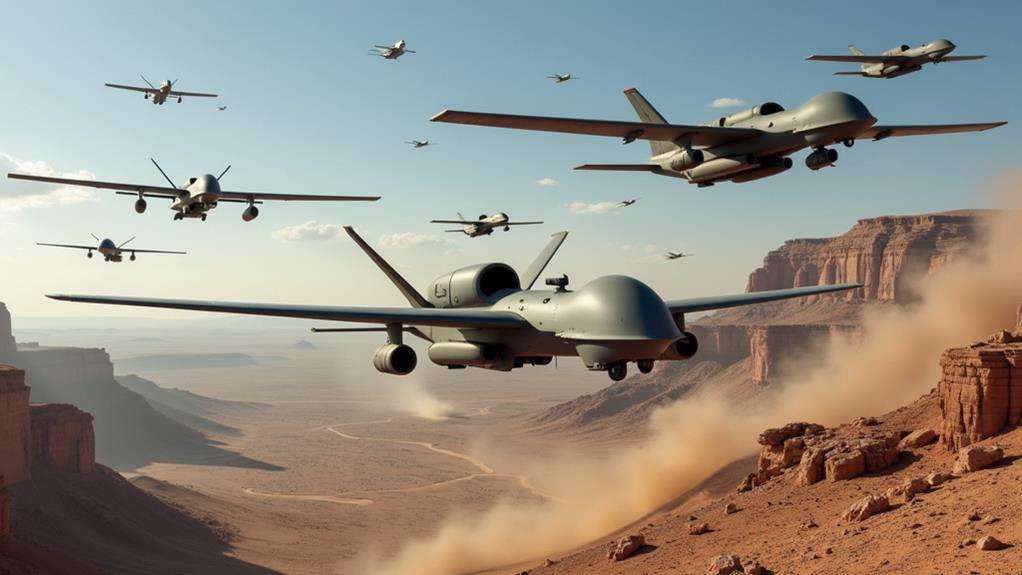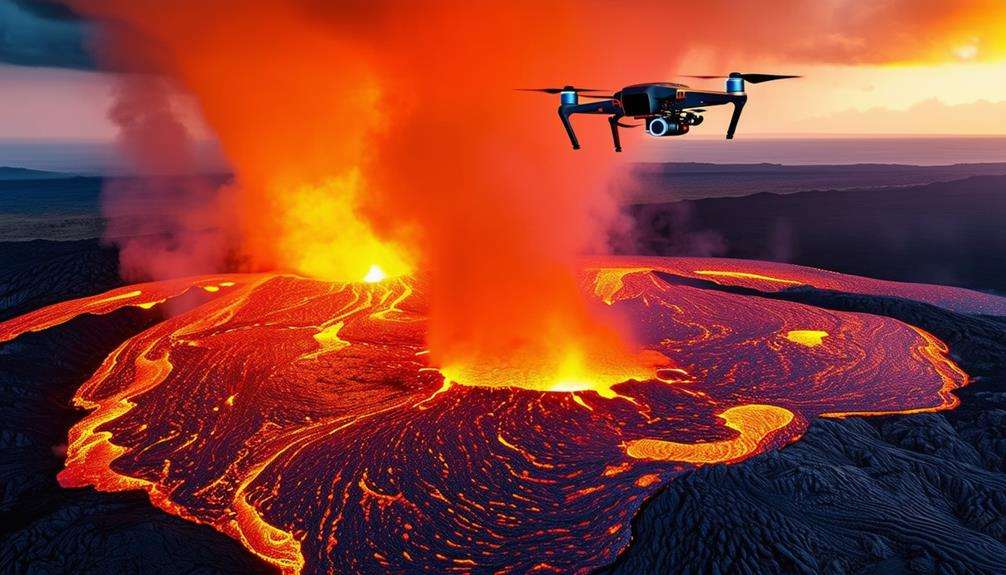How Are UAVS Being Used in the Russian - Ukraine War?
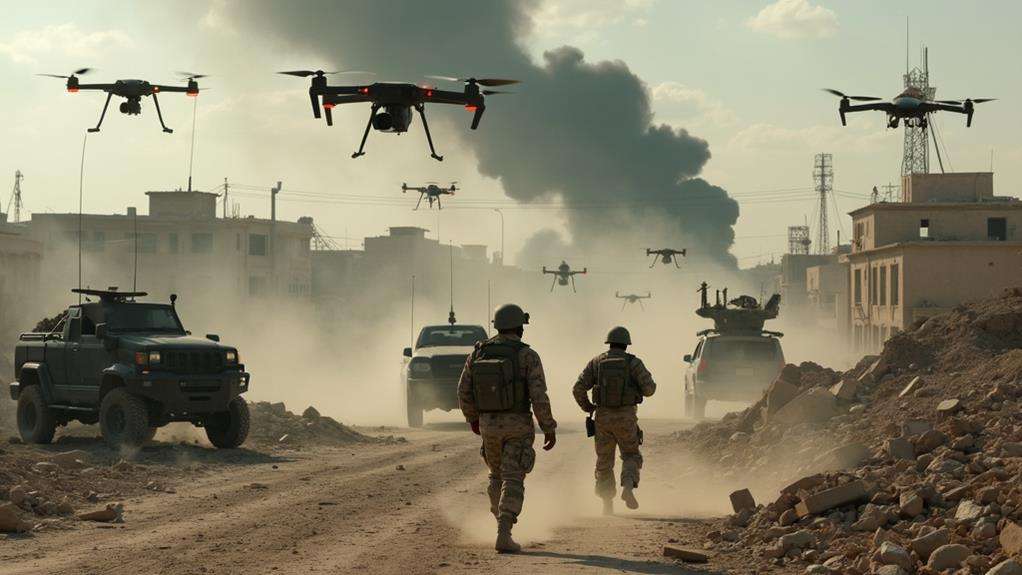
In the Russian-Ukrainian war, UAVs are pivotal in shaping battlefield dynamics. Both Ukrainian and Russian forces rely on drones for surveillance and offensive operations, though their tactics and technologies differ significantly. Ukrainian forces use drones primarily for real-time reconnaissance and precise targeting. In contrast, Russia employs advanced AI-guided UAVs for intelligence gathering and autonomous strikes. The complexity of electronic warfare further intensifies the technological arms race. What specific challenges and innovations are driving drone tactics in this conflict?
Evolution of Drone Technology
Drone technology has advanced significantly since its rudimentary beginnings in WWI. Today, drones, or UAVs, are indispensable tools in modern conflicts, such as the Russian-Ukrainian war. Their evolution is evident in their varied roles, from reconnaissance to precision strikes.
In the Ukrainian armed forces, drones are systematically integrated into warfare. Specialized units employ them for surveillance, artillery spotting, and precision bombing, embedding them into almost every brigade. This shift underscores the strategic value of drones in military operations.
FPV drones exemplify this technological leap. Ukraine aims to produce one million FPV drones by 2024, highlighting their commitment to enhancing aerial capabilities. Costing around $500 each, these drones offer cost-effectiveness and operational flexibility, particularly in prolonged conflicts.
Autonomous technology represents another frontier in drone evolution. Both Ukraine and Russia are developing AI-guided drones capable of independently identifying and engaging targets, indicating a move towards more sophisticated, autonomous battlefield technology.
The rapid development of UAVs underscores their critical role and transformative impact on modern warfare, making them indispensable assets for any armed force.
FPV Drones and Tactical Advantages
Utilizing FPV drones has transformed tactical operations on the battlefield, offering unparalleled accuracy and agility in engaging moving targets. These drones, often costing around $500 or less, provide enhanced precision strikes compared to traditional artillery. With operational ranges from 5 km to over 20 km, soldiers can control these drones using remote controllers and headsets that deliver real-time video feeds, ensuring precise targeting and effective engagement.
The tactical advantages of FPV drones have been prominently demonstrated through social media posts, showcasing their impact in forcing heavy machinery to retreat from frontline positions. Their cost-effectiveness is a significant asset for resource management, particularly in prolonged conflicts. By offering precision strikes without the high expenses associated with larger artillery systems, FPV drones enable more sustainable military operations.
FPV drones are increasingly being integrated into Ukrainian assault drone companies, highlighting their importance in modern military tactics. These drones not only provide a new method of striking but also redefine strategic approaches to battlefield engagements, making them a critical asset in ongoing conflicts. The use of FPV drones exemplifies the evolving nature of warfare, where technology and innovation drive tactical superiority.
Reconnaissance and Targeting
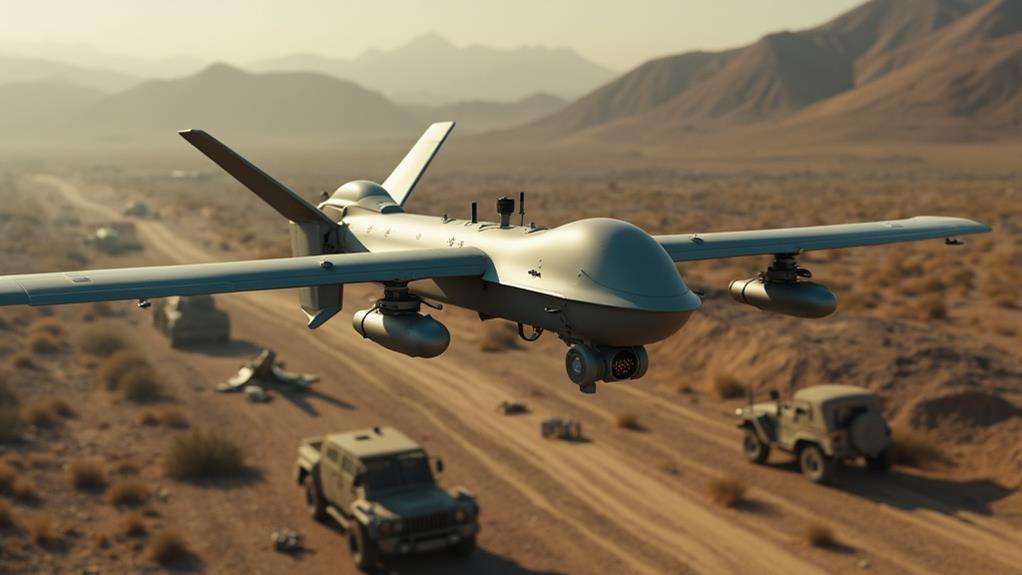
In the evolving landscape of the Russian-Ukraine conflict, reconnaissance and targeting have become essential components of contemporary military operations. Unmanned Aerial Vehicles (UAVs), equipped with advanced cameras, provide real-time video feeds crucial for identifying enemy positions and directing artillery fire. Widely-used models like the DJI Mavic enable commanders to receive precise coordinates via secure communication channels, ensuring timely and effective responses.
Larger reconnaissance drones extend the range of intelligence gathering, significantly enhancing situational awareness. This capability allows military leaders to make well-informed decisions, optimizing both offensive and defensive strategies. The Kropyva digital map is a vital tool in this process, aggregating drone-collected data to improve operational planning. With this map, forces can ensure that artillery strikes are accurate and impactful.
Both Ukrainian and Russian forces have heavily relied on drones for intelligence gathering and tactical engagements, with UAVs proving indispensable in maintaining an aerial overview of the battlefield. This continuous flow of critical information significantly shapes the outcome of military operations in real-time.
Electronic Warfare Challenges
The complexity of the battlefield intensifies with the advent of electronic warfare (EW) challenges. Both Ukrainian and Russian forces deploy extensive EW systems to jam radio frequencies and disrupt drone operations. As a drone pilot, you must constantly adapt to maintain control over your UAVs.
To counteract these EW threats, pilots employ frequency-hopping techniques, switching to less commonly used frequencies. This adaptation complicates the effectiveness of homemade EW systems, which struggle to keep up with these agile UAVs. However, the battlefield remains fraught with challenges. Infantry units equipped with smaller EW systems often find it difficult to generate enough power to effectively counter sophisticated drone operations.
The increasing density of EW systems on the battlefield necessitates continual innovation. As a drone operator, you are part of an ongoing technological arms race where both sides strive to outmaneuver each other. Ukrainian and Russian forces are locked in a constant struggle, with each adaptation met by a countermeasure. This environment demands skill, quick thinking, and a deep understanding of the evolving landscape of electronic warfare.
Future of Drone Warfare
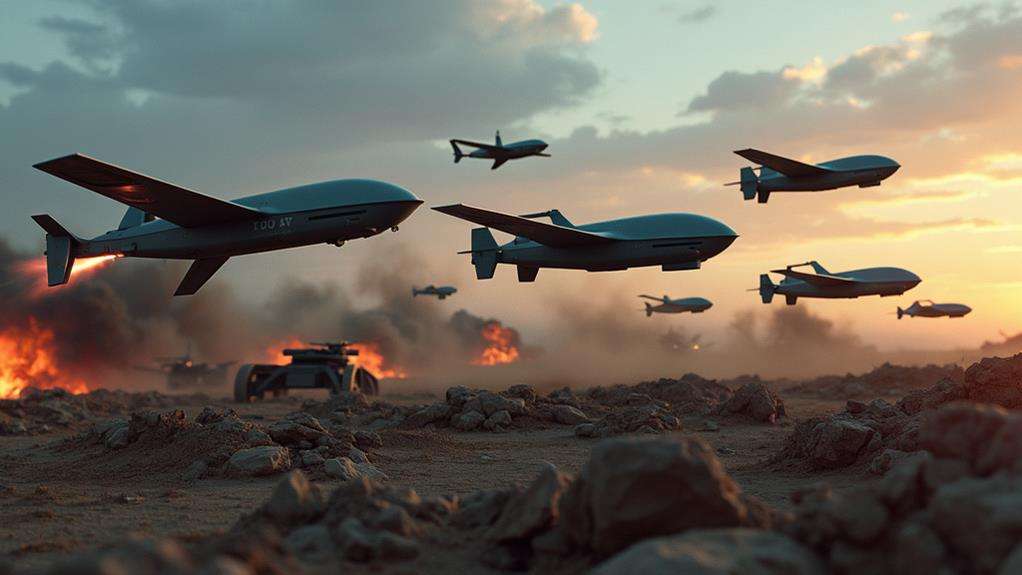
The future of drone warfare promises to transform the battlefield with cutting-edge innovations. Unmanned Aerial Vehicles (UAVs) are becoming increasingly intelligent and efficient, thanks to advancements in artificial intelligence (AI) that boost their operational capabilities. These sophisticated drones will autonomously identify and engage targets, making combat scenarios more dynamic and strategic.
Military investment in drone technology is rapidly increasing, with the global drone market expected to reach $43 billion by 2024. This growth is partly driven by the ongoing conflict in Ukraine, which has accelerated the development of drone warfare tactics. Unmanned systems are essential not only for their precision but also for their ability to operate effectively in complex environments.
Swarm technology represents another significant advancement. Envision multiple drones working in unison to execute coordinated attacks and reconnaissance missions. This capability will redefine battlefield strategy. However, these advancements also come with challenges. Electronic warfare systems are becoming more sophisticated, capable of disrupting UAV operations. Continuous research and development are crucial to counter these evolving threats and maintain technological superiority.
Future warfare will heavily rely on the interplay between drones and electronic warfare. Continuous adaptation is essential to ensure that unmanned systems remain effective and resilient in the face of new challenges.


